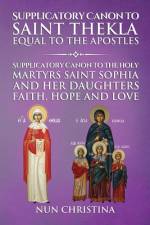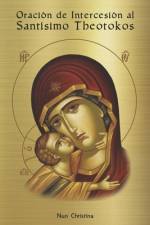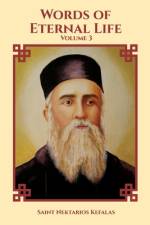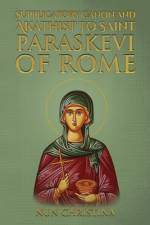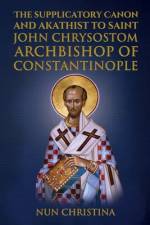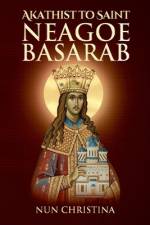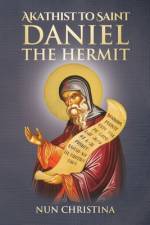av Anna Skoubourdis
161
Raised in piety and honesty, early in his youth he met some traveling monks in Serbia from the Hilandar monastery, and went with them to Mount Athos, where he studied and labored patiently with perseverance. After the death of the then-Abbot of Hilandar, the monks voted precocious Nikodim in his place. Nikodim was a friend of many famous people of that time, such as Prince Lazar of Serbia, Isaija the Monk, the Anonymous Athonite (biographer of the "Life of Isaiah", that is Isaija the Monk), Patriarch Euthymius of Tarnovo, Danilo II, Serbian Archbishop, and many others. There are sources that claim that he was related to Prince Lazar. Prince Lazar wanted to appoint him to a high spiritual function, but he rejected it and settled in the eastern parts of the country, near the city of Kladovo on the Danube. After hearing about his virtuous life, a group of monks gathered around him, and in that place-Manastirica-they established a monastery and a church named "Holy Trinity". This monastery is known as the Monastery of the "Holy Trinity" or Manastir Manastirica. In the newly established monastery, he introduced the hesychasm lifestyle that he learned on the Holy Mountain. The venerable Nikodim crossed the Danube River and settled in the northern Oltenia, where he erected the Vodice Monastery and dedicated it to Anthony the Great, the founder of Christian monasticism. When Prince Lazar sent a delegation to Constantinople to have a dialogue with Patriarch Philotheus I of Constantinople, he made sure that Nikodim went with Isaija the Monk who led the diplomatic mission. Upon returning from Constantinople, Nikodim erected the Tismana Monastery in Romania, dedicated to the Most Holy Virgin. In the course of time, Tismana Monastery benefited from the help of ruling princes Stefan Lazarevic, Radu I of Wallachia, Dan I of Wallachia, Mircea I of Wallachia and Sigismund, Holy Roman Emperor, to whom the pious Nicodemus was father confessor when he was king of Hungary (1385-1437). During his lifetime, Nikodim reconstructed Visina Monastery as well as Prislop Monastery. Between 1399 and 1405 he retreated to Prislop Monastery in Transylvania and in 1406 he returned to Wallachia. Soon afterward, Saint Nicodemus met ruler prince Mircea the Old at Tismana, who called him "my prayerful father Nicodemus", and in November he participated at Severin in the meeting with King Sigismund of Hungary (1385-1437), whom he impressed with his gift of working miracles. Saint Nicodemus corresponded with Euthymius, Patriarch of Tarnovo (1375-1393), for defending the true faith against the Bogomil heresy. Saint Nikodim died on 26 December 1406 and was buried in the narthex of the church of Tismana Monastery. His relics were kept there for a while, but later they were hidden in an unknown place because of the hostilities of the time. Only the forefinger of his right hand and his lead pectoral cross remained at Tismana.







